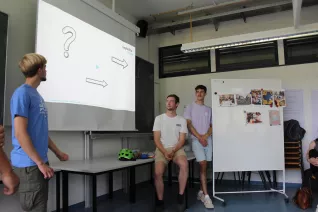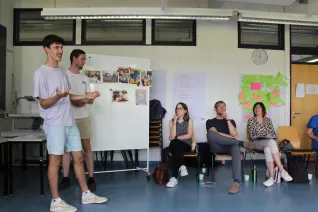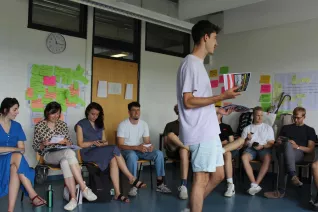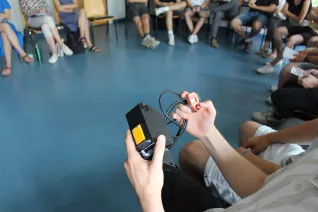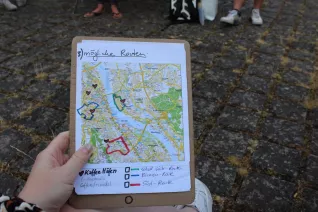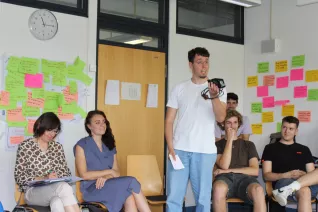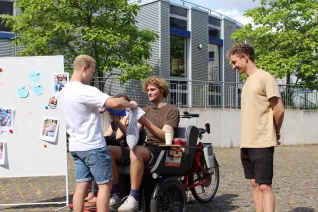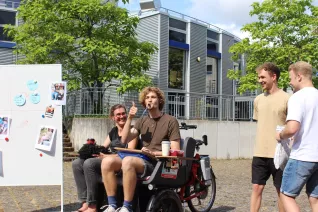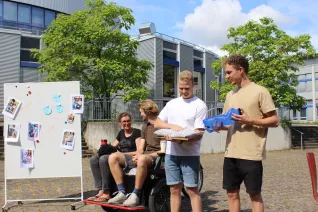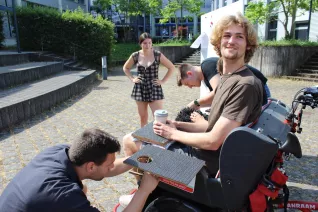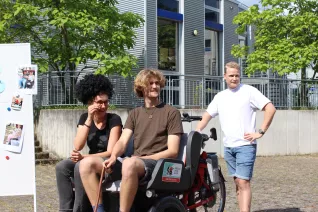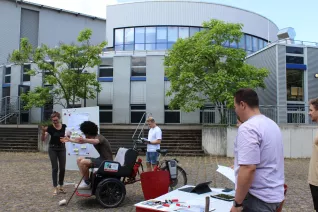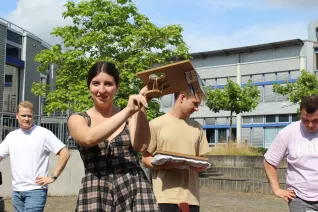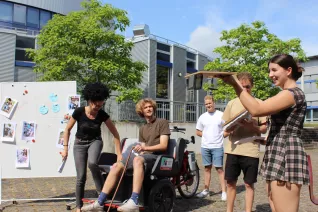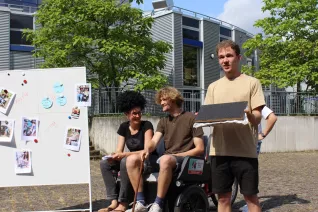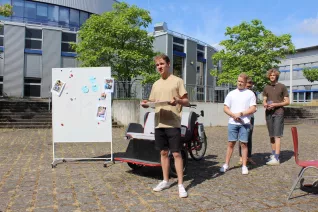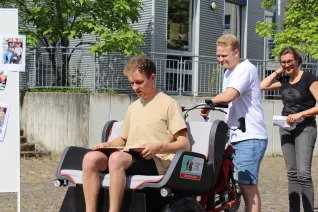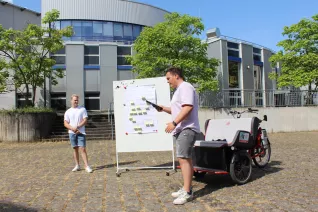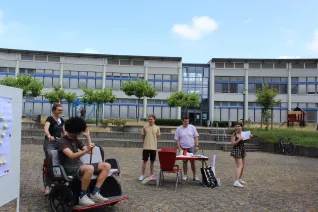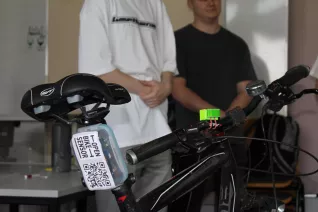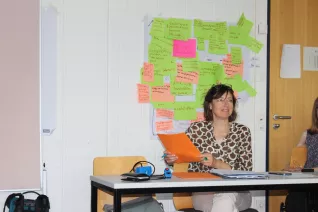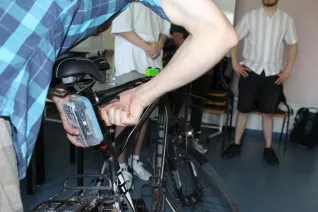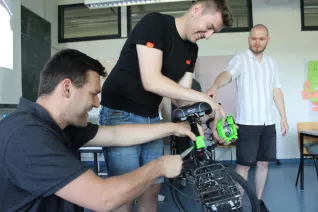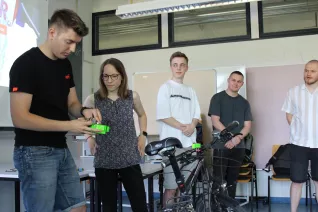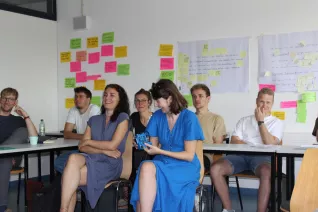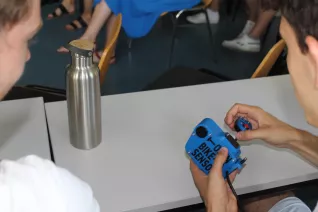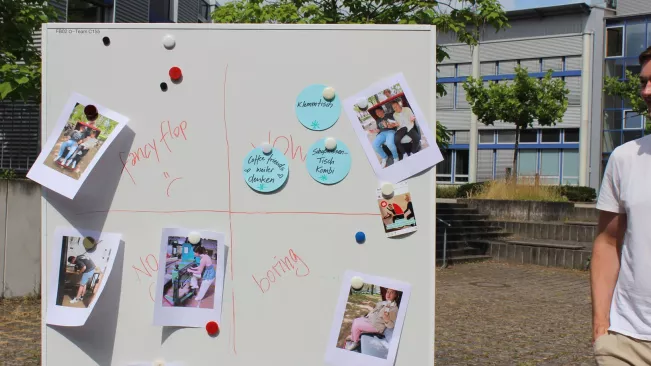Department of Engineering and Communication
Wheeling It In: Final Presentation in the Design Thinking Seminar
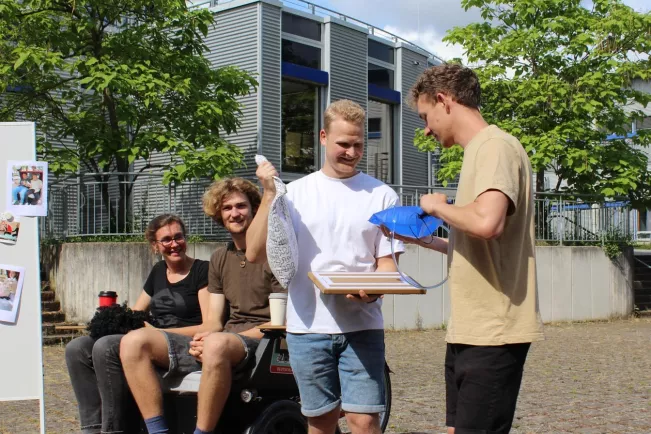
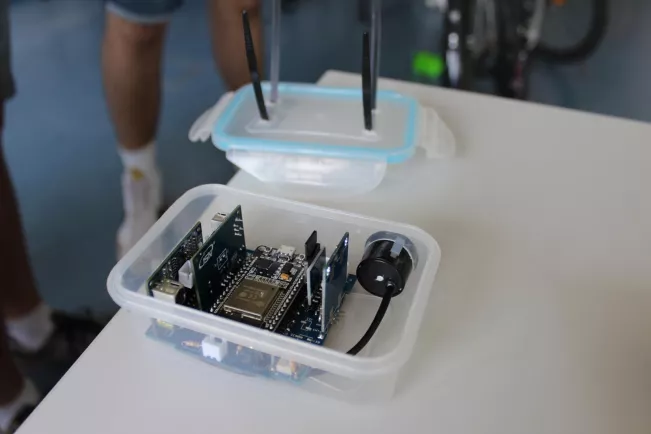
"Thinking out of the (Bread-)box"
"How can we redesign and further improve the existing Open Bike Sensor for cyclists so that as many people as possible can replicate the distance sensor?" This was the question addressed by the "Sicherheitsradler" team in cooperation with the city of Bonn in their design thinking seminar at the Bonn-Rhein-Sieg University of Applied Sciences. The Open Bike Sensor measures overtaking distances between motor vehicles and cyclists. The main goal of the seminar was to optimize existing solutions. And so the "safety cyclists" developed three prototypes during the summer semester. For the first prototype, the brainstorming took place more on a meta-level: a concept for the construction of sensors as a possible elective subject, with the aim of integrating such practical projects firmly into the course of studies and thus working continuously on solutions. In Prototype 2, the focus was on alternative power supply. Finally, Prototype 3 was concerned with the development of an alternative housing for the Open Bike Sensor. Under the motto "Thinking out of the breadbox", a commercially available lunchbox was converted into a holder. According to its developers, this solution is particularly suitable when the 3D printer fails, making it easily accessible to everyone, inexpensive and also waterproof. The cover is simply attached to the frame with cable ties, remains on the bike, while the rest can be taken along. Thus, the sensor is also protected against theft.
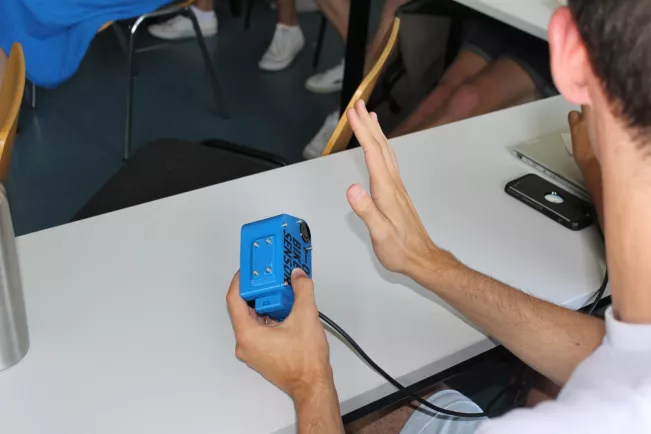
Sensor measurements show need for action
Open Bike Sensor is an open source, open innovation, open data and open science project and is developed by volunteers, but not sold. The detailed construction plans are freely available on the Internet, so that interested parties - assuming some technical know-how - can build the sensor themselves. The community helps with questions and problems.
The sensor measurements are visualized online in an interactive map in the form of heat maps and provide objective and transparent evidence of where and how often drivers overtake too closely. They make potential improvements to the traffic infrastructure visible and show responsible parties such as municipalities, regulatory authorities and the police where action is needed. For example, the use of the Open Bike Sensor has had an effect in Osnabrück: an existing bike lane has been enlarged.
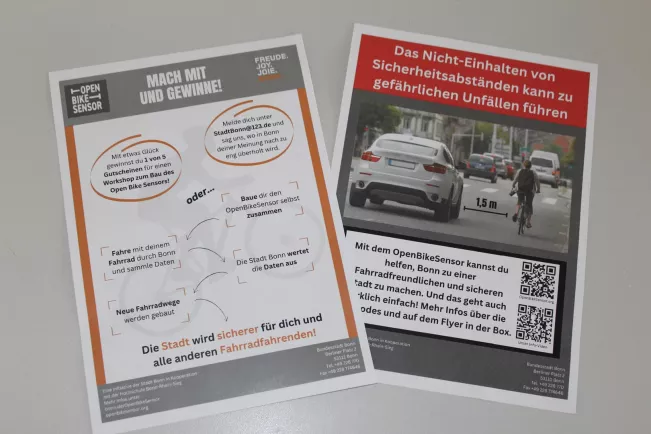
With flyers and QR codes on garbage trucks
The team "Wheelwatchers" took care of the promotion of the Open Bike Sensor under the question: "How can we make the optimized Open Bike Sensor attractive for cyclists so that many sensors are built and used?" With the goal of increasing awareness of the sensor, the students developed promotional material prototypes such as flyers, QR codes for advertising spaces (for example, in bike stores or on garbage trucks), and an explanatory video. These measures are intended to demonstrate the benefits and functionality of the sensor for cyclists as forcefully as possible and in easy-to-understand language. This is particularly important when dealing with sensitive topics such as data protection and privacy, according to the students. Henning Spreckelmeyer from the city of Bonn sees a strong connection potential here to reach people who have not yet had any contact with the Open Bike Sensor.
Open Bike Sensor - What's that? (Video in German)
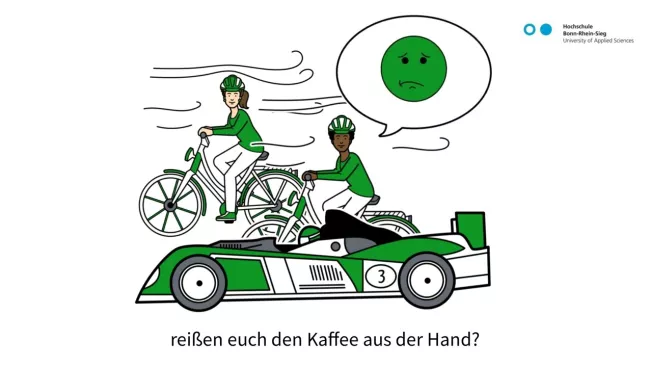
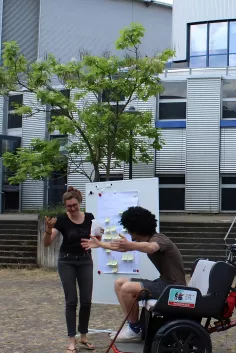
Accident free coffee drinking in a rickshaw
"How can we provide meals and drinks in the rickshaw so that the senior citizens can drink coffee and eat comfortably during the ride? - This question was addressed by the "Snack & Ride" team in cooperation with the association "Radeln ohne Alter" (Cycling without Age), taking into account the technical conditions of a rickshaw, of course. The Bonn-based association organizes free rickshaw rides for senior citizens to increase participation and enjoyment of life through social experiences. The students presented the development process of their prototypes vividly in the form of a play. The audience experienced the individual steps of the design thinking process together with them: understanding, observing/researching, point of view, developing ideas, prototyping (modeling the best ideas), testing. For example, the students demonstrated the step of observing and exploring through the staged interviewing of senior:ing students. During the summer semester, the team developed several prototypes according to the needs of the target group, with an adjustable clamping table for "accident-free" eating and coffee drinking in the rickshaw being the most popular with the two representatives of Cycling without Age. They said that all that was needed in the association's numerous workshops was instructions or a technical drawing of the table in order to reproduce it.
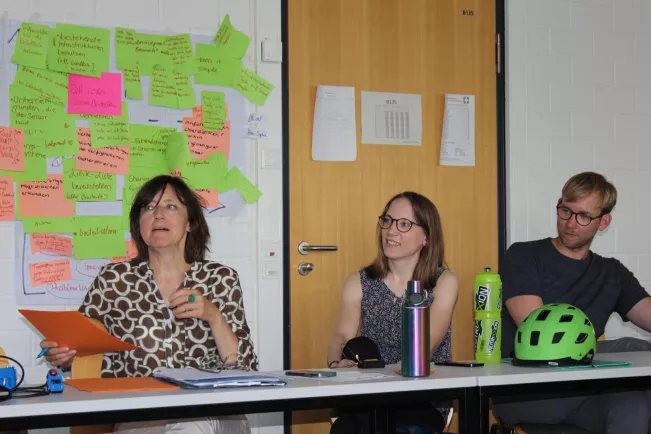
Design thinking enables practice-oriented work
When asked what the cooperation partners hope to gain from such student projects, Natalie Chirchietti and Caroline Kuhl from Radeln ohne Alter replied, "We don't have the time to test such exciting projects. The students can deal with a question in a concrete way and work continuously on a topic." Feedback loops and constant exchange with the workshops at different locations have also been very helpful, he says. And Jana Hevendehl from the city of Bonn also rates the experience with the students positively and sees potential for future projects. "The contact with the Bonn-Rhein-Sieg University of Applied Sciences is very important to us. The project has brought new insights that we will use. We look forward to further cooperation," says Hevendehl.
Lecturer Corinna Ruppel emphasizes that the students in the seminar work precisely not on abstract theoretical, but, through the cooperation with the partners, on real practical issues and user-oriented solutions: "I am convinced that such an approach provides great added value for both sides and am pleased that this year we have found partners with the city of Bonn as well as Radeln ohne Alter, which contribute to bicycle mobility and enjoyment and thus fit the claim and content of the Sustainable Engineering Science course."
Text: Juliane Orth
Impressions from the final presentation
